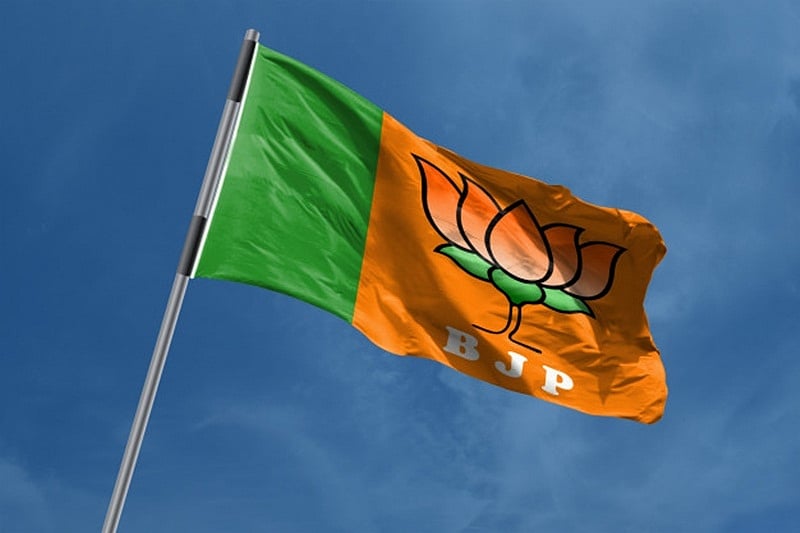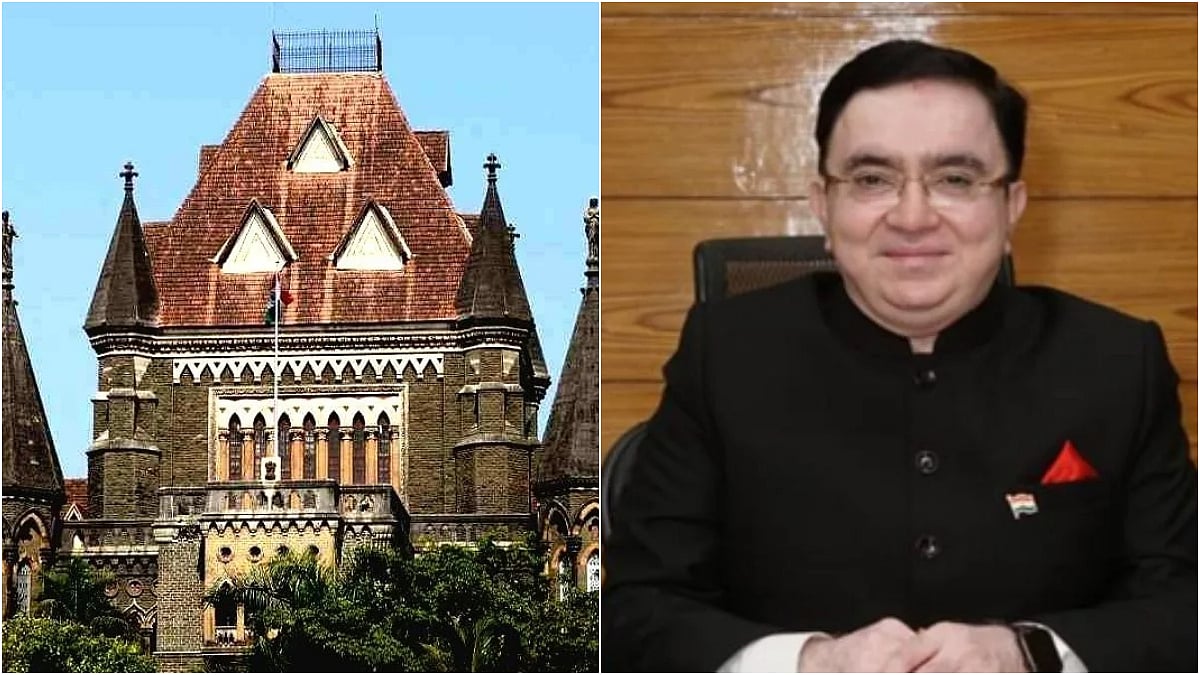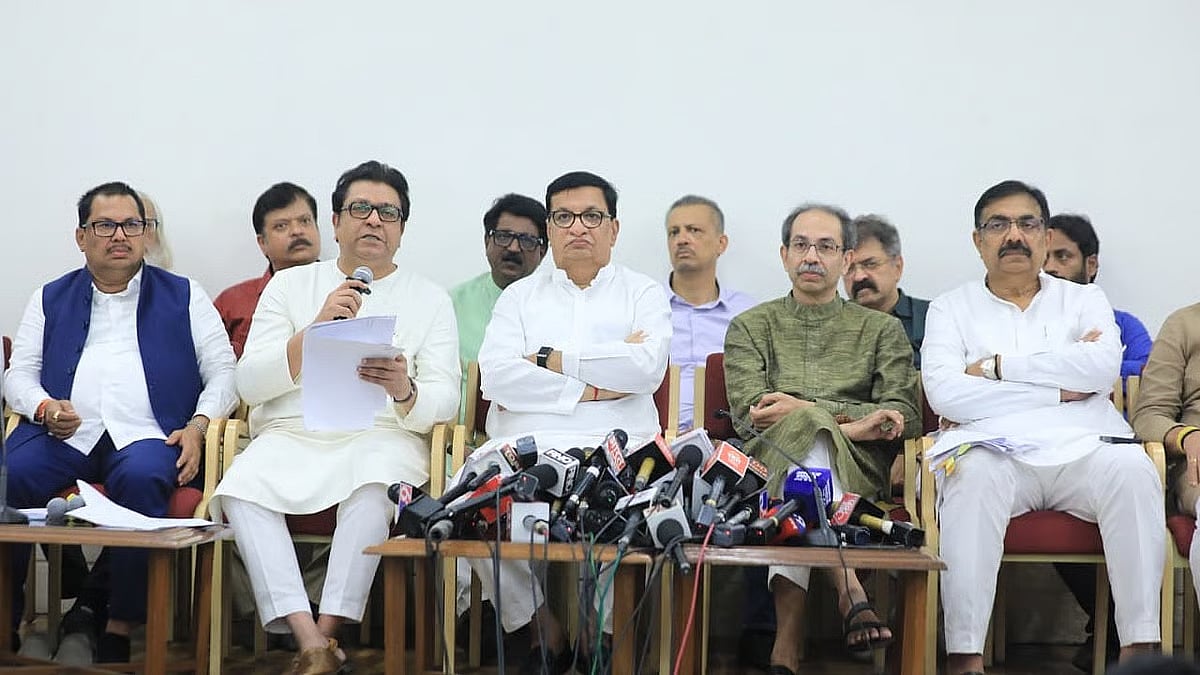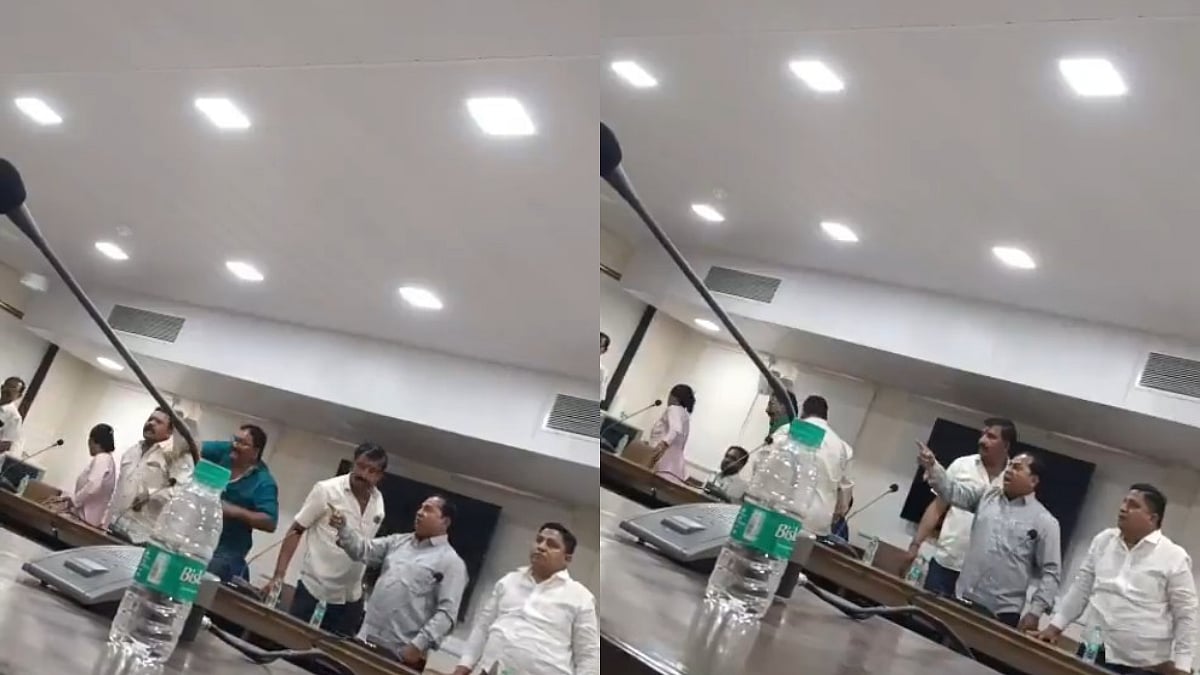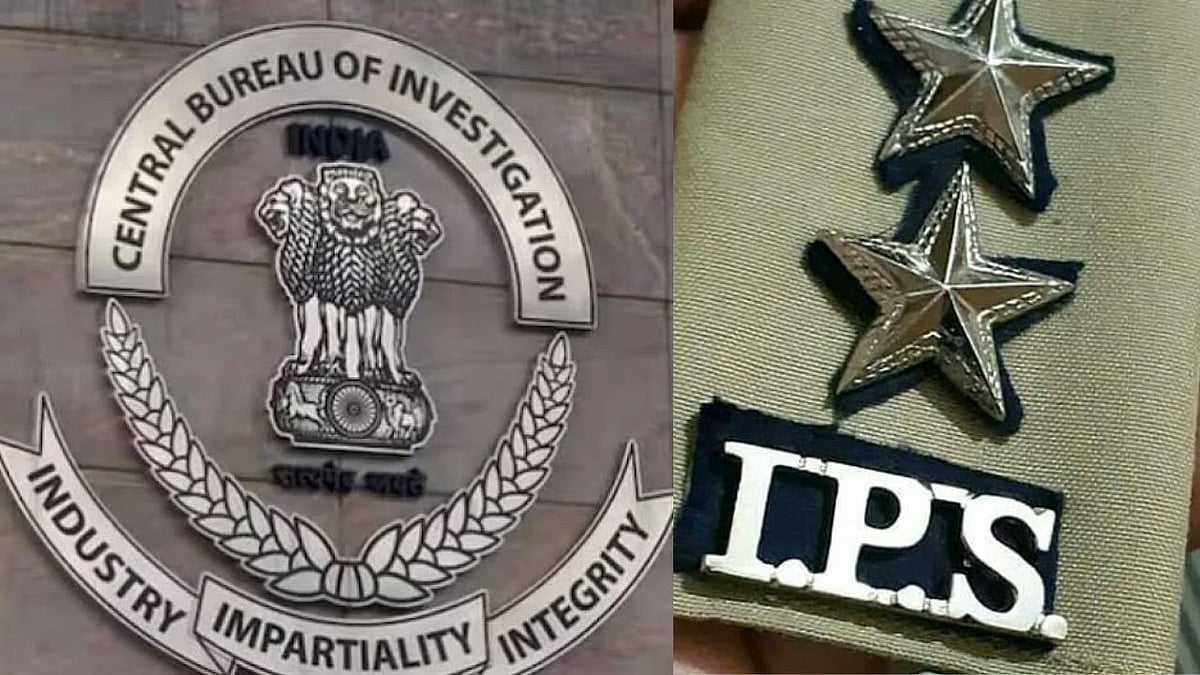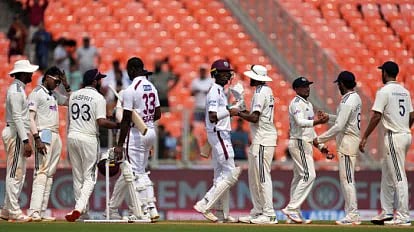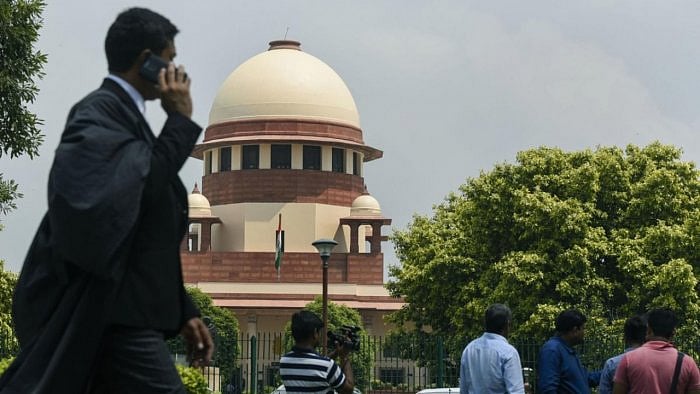The results of the 2019 Lok Sabha elections have come as a big shock to the Left movement of the country, especially to the two major communist parties of the country CPI and the CPI(M). In the 17th Lok Sabha, the CPI will have only two members while the CPI(M) will have three members- a total of five out of 542 elected members of the new Lok Sabha.
Out of these five seats, only one seat from Kerala has been won by the CPI(M) on the basis of the Left block’s own strength, the other four seats from Tamil Nadu have been won courtesy the alliance with the DMK.
Thus in 2019 May – only a few years before the Communists of the country observe the centenary of establishment of the Communist Party in India following the October Revolution in Russia in 1917, the Indian communists will be represented in the new Lok Sabha with five seats in number but with only one seat on the basis of their own strength.
This will be the lowest number for the two communist parties in the history of parliamentary democracy in India since 1951-52’s first Lok Sabha election. In that elections, the CPI, which just came out of the ban by the Nehru Government and participated in the first Lok Sabha elections, got a total of 24 seats along with the PDF, the largest number after the Congress.
In the last sixty seven years of the country’s parliamentary democracy and 17 Lok Sabha elections, the communists have performed in a consistent manner in terms of their performance despite split of the CPI in 1964 into CPI and the CPI(M) till 2009 when there was a big setback in West Bengal with the Lok Sabha seats falling drastically to 16 for the CPI(M) and 4 for the CPI and in 2014 elections, this plummeted further to 10- nine for the CPI(M) and one for the CPI.
The downhill journey of the communists in 2019 Lok Sabha elections reached its nadir at 5 from the peak of 61 for the entire Left in 2004 when the CPI(M) alone had 44 seats and CPI 11.The undivided CPI got 29 seats in 1957 Lok Sabha elections and 30 seats in 1962 Lok Sabha elections.
Thereafter, significantly, despite the split in 1964 and bitter fighting between the CPI and the newly formed CPI(M) in 1967 Lok Sabha elections, the CPI got 24 sweats and CPI(M) 19 seats. This means that the two CPs fighting separately got 43 seats in the bitterly contested 1967 elections surpassing the earlier figure of undivided CPI by 13 seats.
The period was of intense struggles in both the Congress and the other opposition parties. In 1971, Indira Gandhi with her Garibi Hatao slogan swept the Lok Sabha elections but the CPI and the CPI(M) managed 24 each with a total of 48 seats in the new Lok Sabha.
From 1977 onwards, it was a period of reaching the peak for CPI(M) with its dominance in West Bengal where it got elected to lead the state government after the state assembly elections in June 1977. In 1977 Lok Sabha elections, the CPI(M) got 22 while the CPI seats came down to 7. Both the parties fought separately.
Then from 1980 again, the two CPs became the partners of the Left block and in 1980 Lok Sabha elections, the CPI(M) got 39 and the CPI got 14. In 1984 Lok Sabha elections in the wake of Indira Gandhi’s murder, there was a wave in favour of Rajiv Gandhi throughout the country including West Bengal.
The CPI(M) could get only 22 seats in new Lok Sabha while the CPI got just six. The Congress got a record 414 seats. Then from 1989 elections till 2004, the CPI(M) through its wins in Bengal, could manage 34 seats in 1989,36 in 1991, 32 in 1996, 32 in 1998 and 39 in 1999 Lok Sabha elections. CPI got 12 seats in 1989, 14 in 1991, 12 in 1996, 9 in 1998, 5 in 1999 and 11 in 2004.
A close analysis of the loss of the two CPs in 2019 Lok Sabha elections shows that the CPI(M) led Left Democratic Front in Kerala is in a position to fight back and get hold of the support base it has just lost. This is a temporary one and the Left leadership can take the requisite measures through the state government to bring back the minorities who switched over to the Congress-led UDF thinking that the Congress will be more dependable to take on BJP at the centre.
The real problem for the Left, especially the CPI(M) lies in West Bengal and Tripura. In both states, the CPI(M) is in a mess in terms of organisation. The CPI(M) leadership has done a big blunder by allowing the support base in Bengal to switch over support to the BJP to defeat Trinamool. This support base cannot be brought back even if Trinamool is defeated in the assembly elections.
The state BJP is in an aggressive mood and it will make all efforts in the next few months to dislodge the Mamata govt with central help. The CPI(M) will get no benefit from this. The CPI(M) has virtually acted as a useful pole for the BJP to jump into the state govt headquarters Nabanna.
The huge rise in BJP vote share from 17 per cent to 40 per cent can never be possible without a major shift of the Left votes, for whatever reasons there are. The CPI(M) lost its two Lok Sabha seats in Lok Sabha elections and its candidates were not in the race at all.
The CPI(M) politburo is meeting on May 26 and 27 and the central committee is meeting early next month. Much after will flow in Bengal in the next fifteen days. The saffron tiger has been uncaged in West Bengal. It will seek its pound of flesh. Former Chief Minister Buddhadeb Bhattacharya warned the disgruntled members not to jump from Trinamool frying pan to BJP fire.
But they have done that and the results are visible. The CPI(M) leadership has to see now how the saffron tiger can be caged again in Bengal and who can be allies in this immediate task. The Left will remain a major force in Kerala but Bengal may be lost for long if the Central committee fails to frame a foolproof strategy to prevent BJP to come to power in the state, along with other anti-saffron forces. For the CPI(M), the moment of truth has arrived.
Nitya Chakraborty is a freelance journalist. Views are personal.
